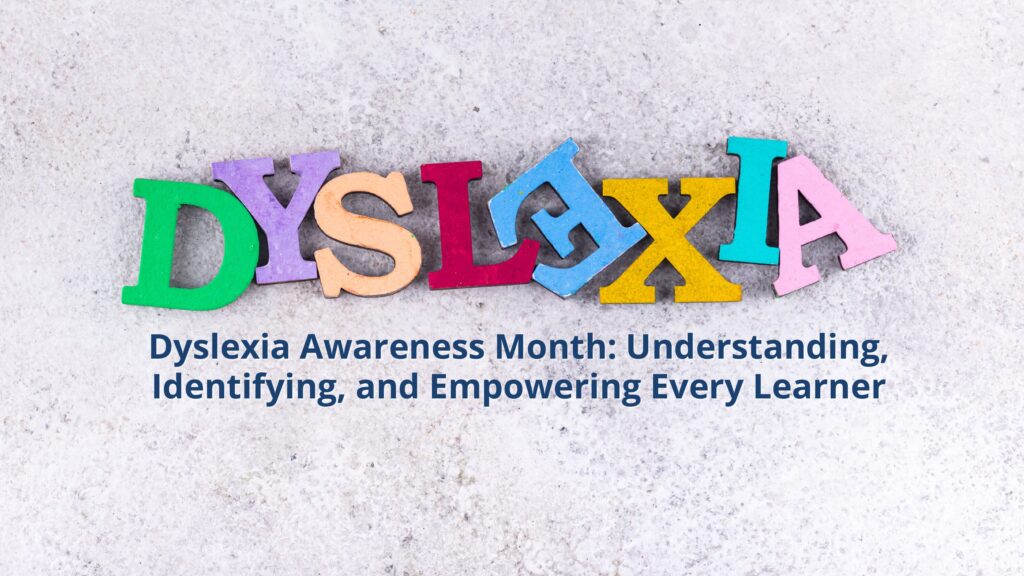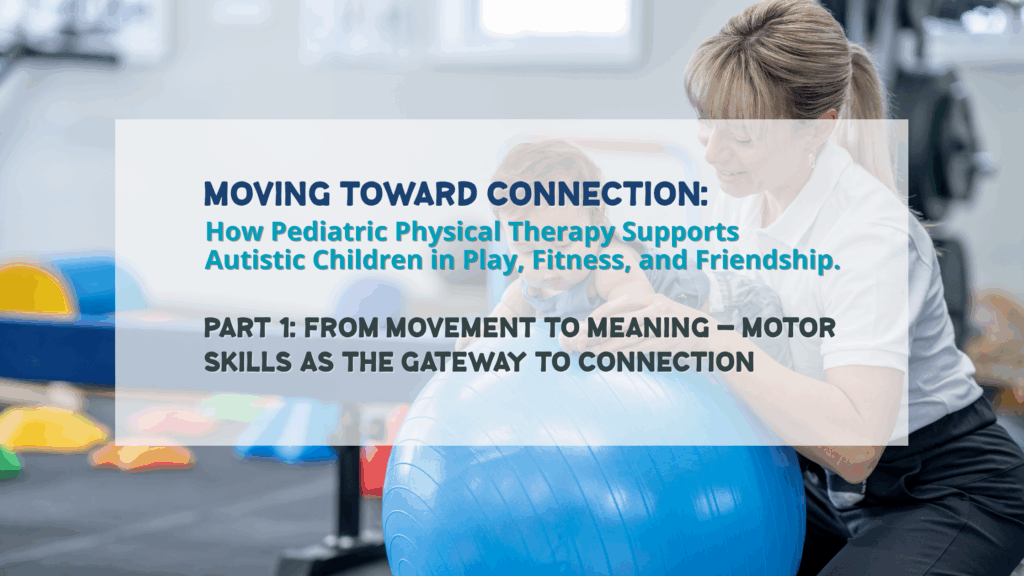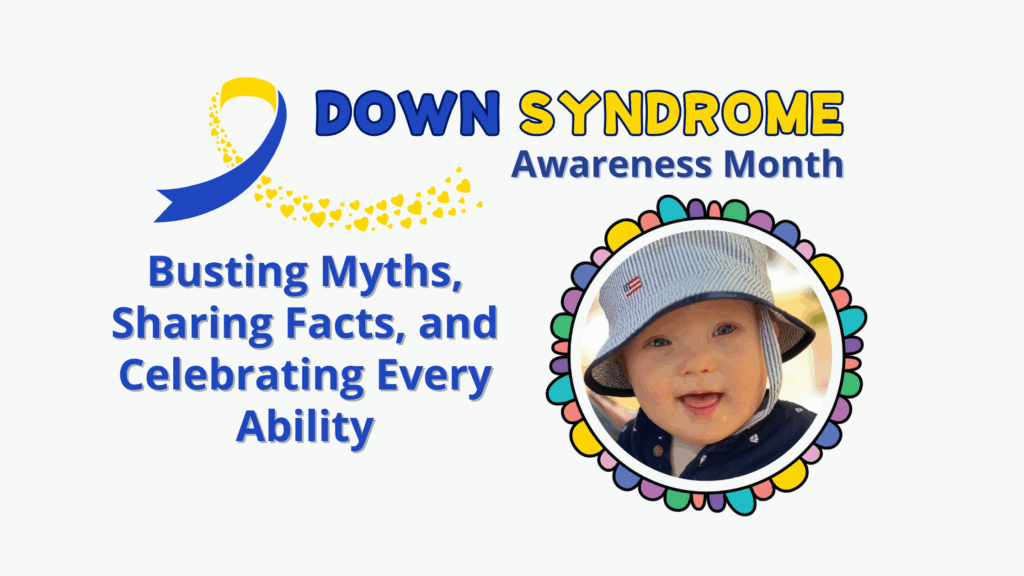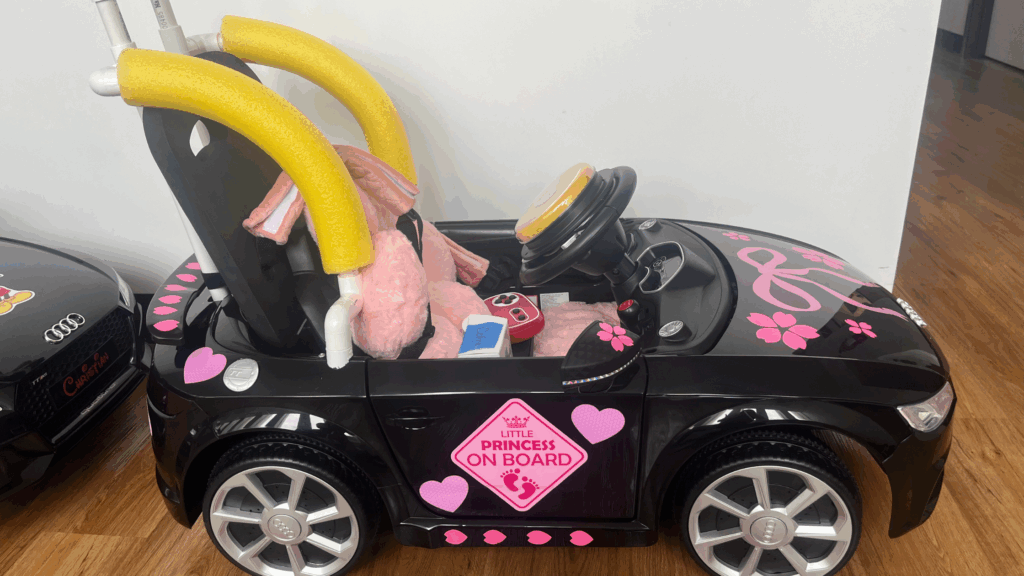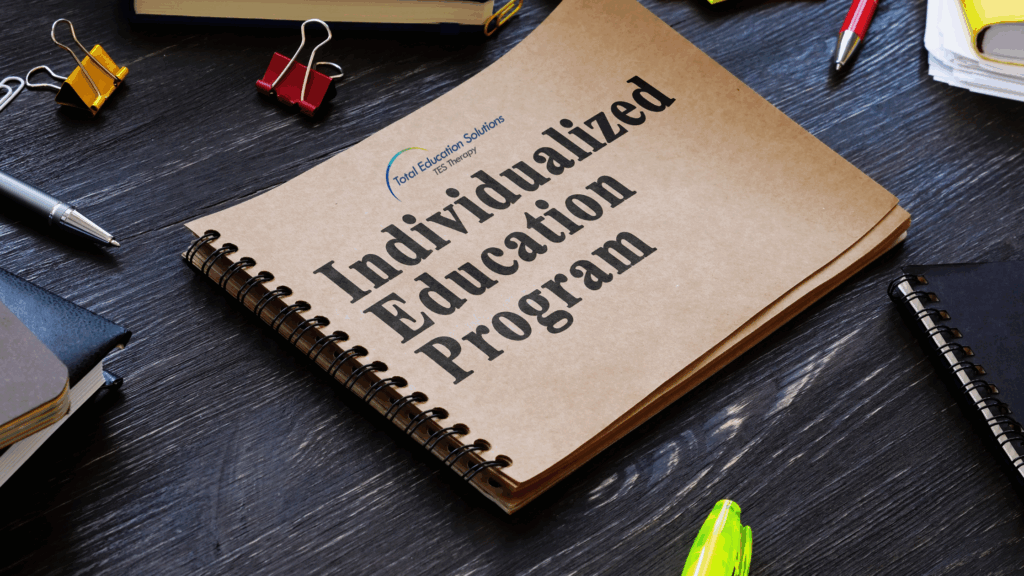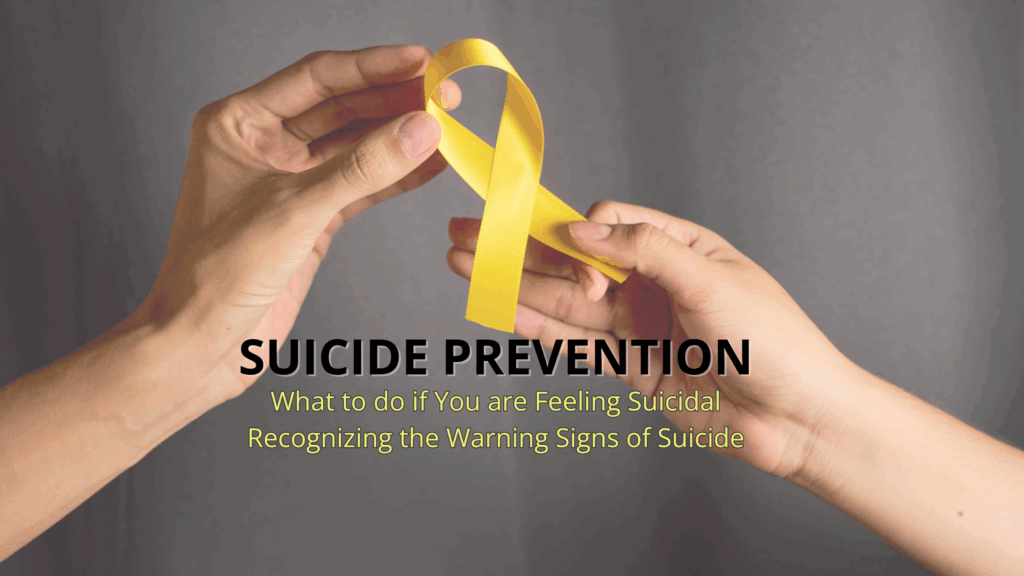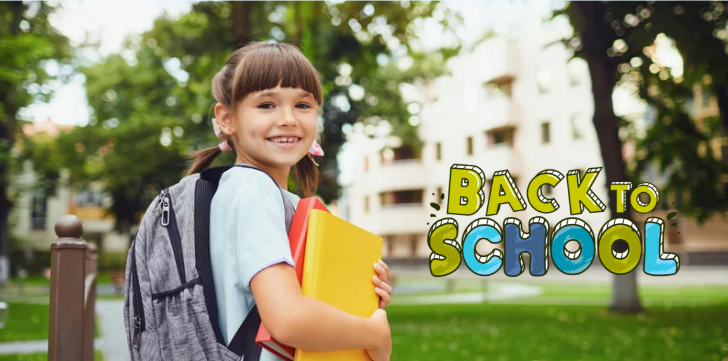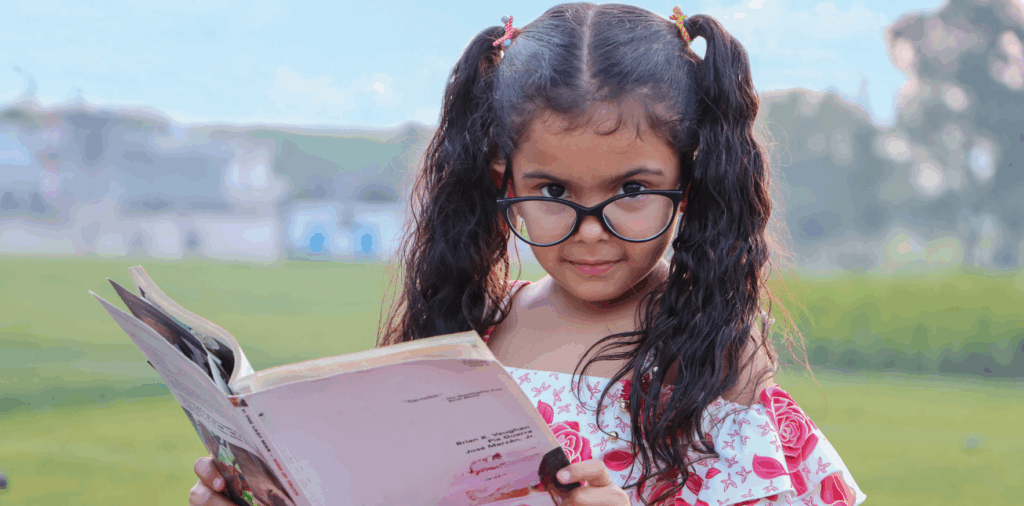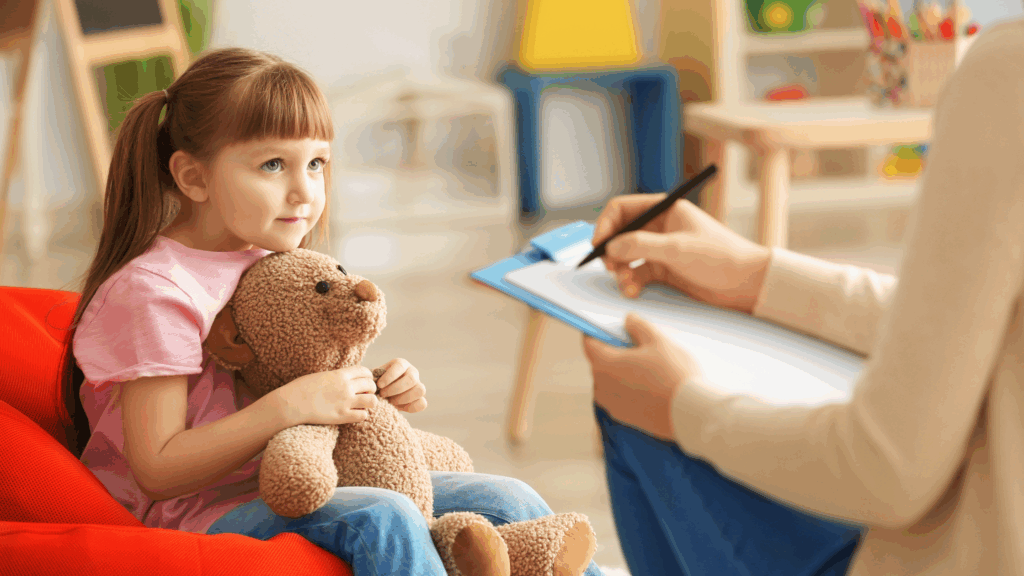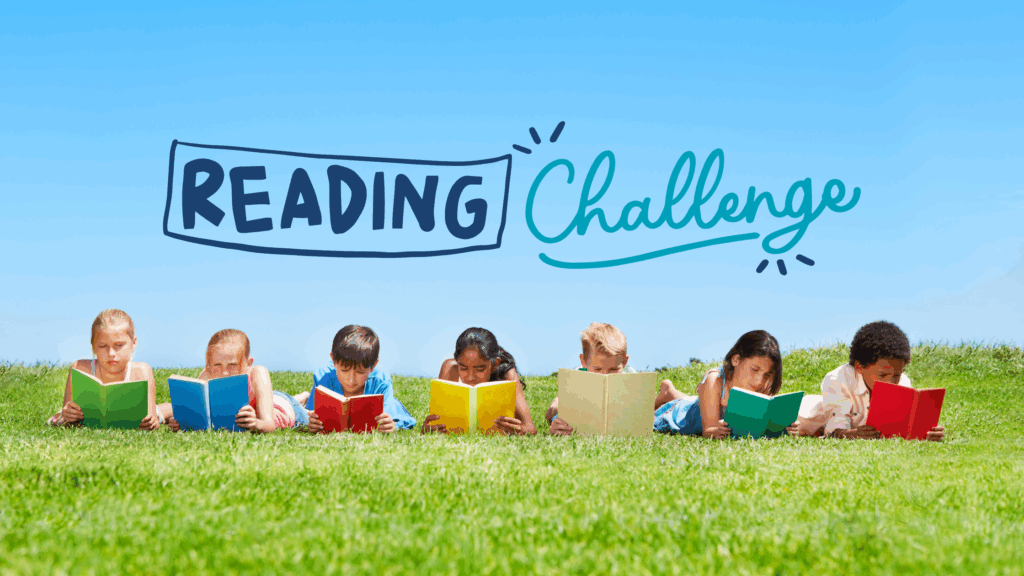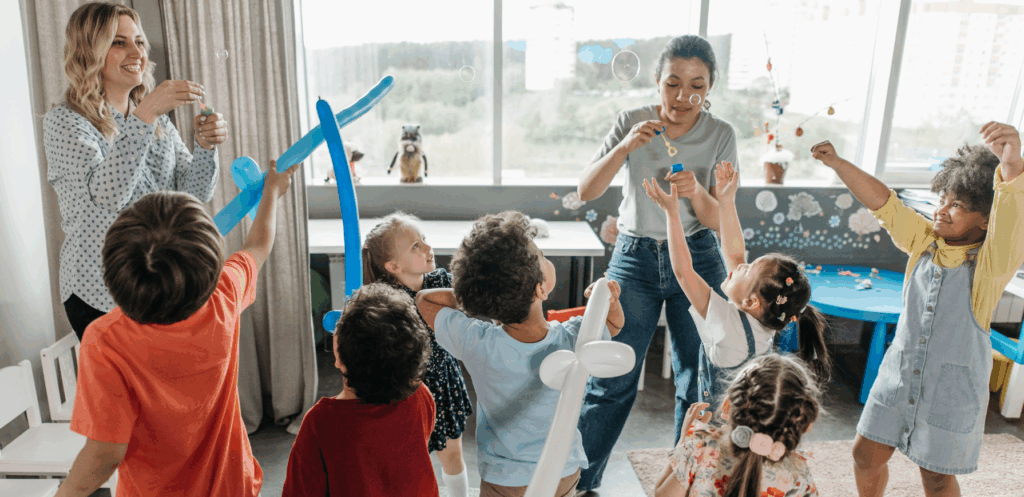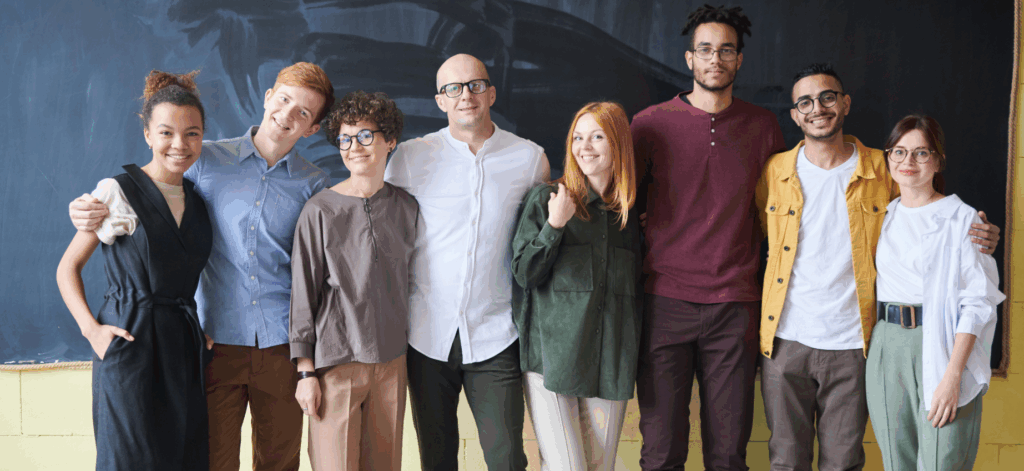Part 2: Breaking Barriers in PE – Making Sports and Fitness Inclusive
Introduction
Welcome back to our PT Month blog series, “Moving Toward Connection.” In Part 1, we explored how motor skill development creates opportunities for social connection. But what happens when autistic students enter one of the most structured, and sometimes intimidating, environments of all—physical education (PE) class or organized sports? For many, PE feels like a barrier instead of a bridge. Pediatric PTs are uniquely positioned to change that.
Barriers to Participation
Autistic students may face multiple challenges in PE:
- Difficulty following multi-step instructions.
- Sensory overload from noise, movement, or bright lights.
- Motor coordination differences make skills like dribbling or running awkward or tiring.
- Social pressure of competitive games.
These barriers can lead to withdrawal, frustration, or being excluded from activities.
How PTs Break Down Barriers
PTs support PE inclusion by:
- Adapting activities: breaking skills into smaller steps, slowing the pace, or using visuals to reinforce instructions.
- Modifying equipment: lighter balls, floor markers for spacing, or textured grips.
- Building sensory strategies: adding movement breaks or calming activities.
- Fostering teamwork: introducing buddy systems or cooperative games as alternatives to always competitive play.
- Collaborating with Adapted PE teachers who may also be supporting students with PE needs.
A Story of Inclusion
Consider Leah, a fifth grader who often felt overwhelmed by Physical Education (PE) class and frequently chose to sit out. Understanding her struggles, her physical therapist worked closely with the PE teacher to adapt the basketball drills specifically for her. They began with simple chest passes using a lighter ball, gradually introducing movement in a supportive way. As time went on, Leah found the courage to join small-sided games. With the encouragement of her peers around her, she began to smile when it was her turn. For the first time, Leah didn’t just engage in exercise; she felt the warmth of inclusion and belonging within her class.
The Ripple Effect
When physical therapists join forces with physical education teachers, adapted physical education teachers, aides, and coaches, the impact transcends any one child. Classrooms transform into inclusive spaces, where peers embrace the power of teamwork over competition, and every student comes to understand that fitness is a journey meant for everyone.
Closing Thought
Physical therapists actively break down barriers in physical education and sports, turning what could be exclusion into valuable opportunities. By making fitness accessible, they empower autistic students to not just participate but to truly thrive.
This is Part 2 of our PT Month series. Stay tuned for Part 3, where we’ll explore how collaboration between PTs, families, and educators creates lifelong success for autistic children.
~Shannon Steele DPT

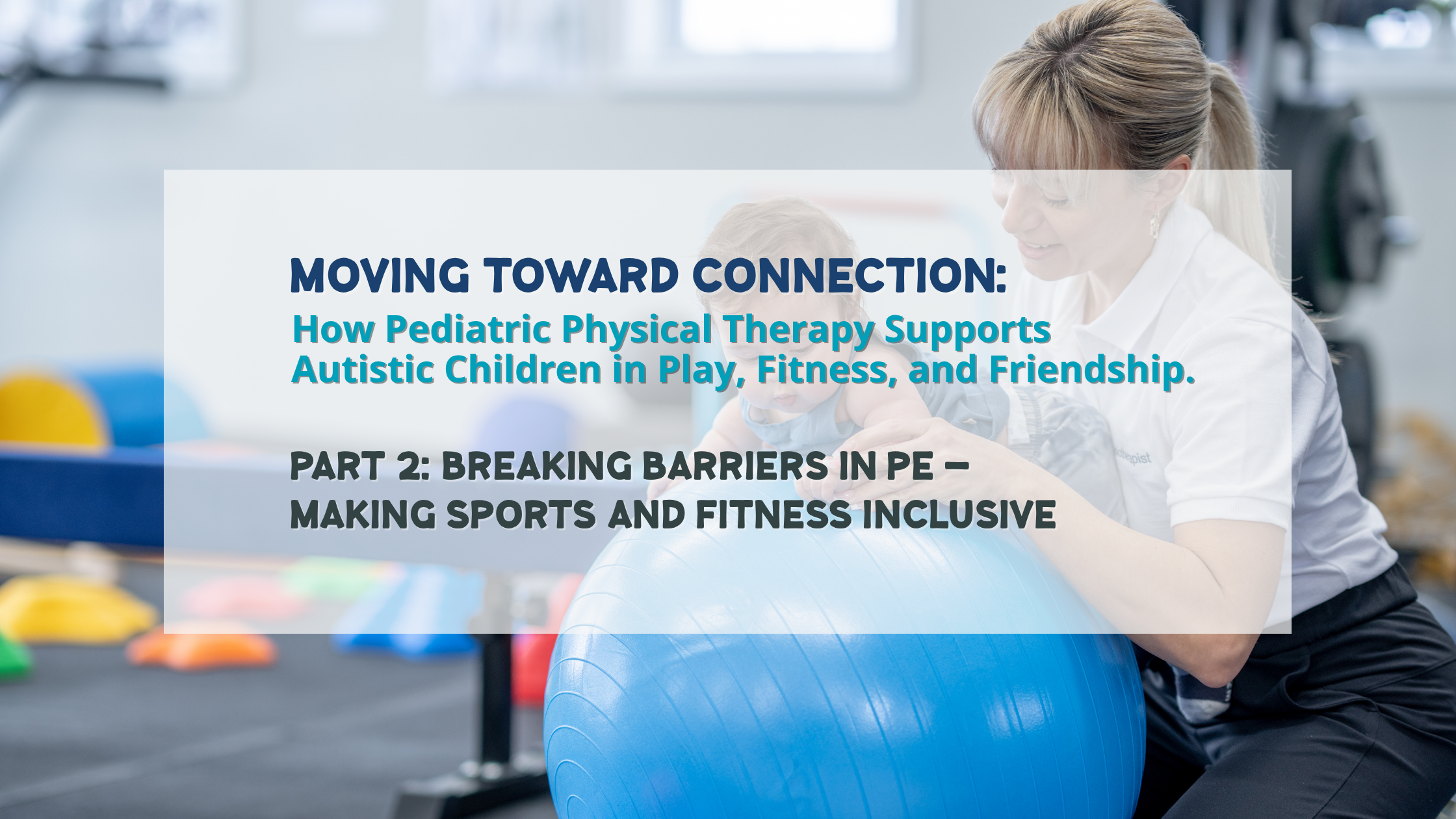
 10 Oct 2025
10 Oct 2025 